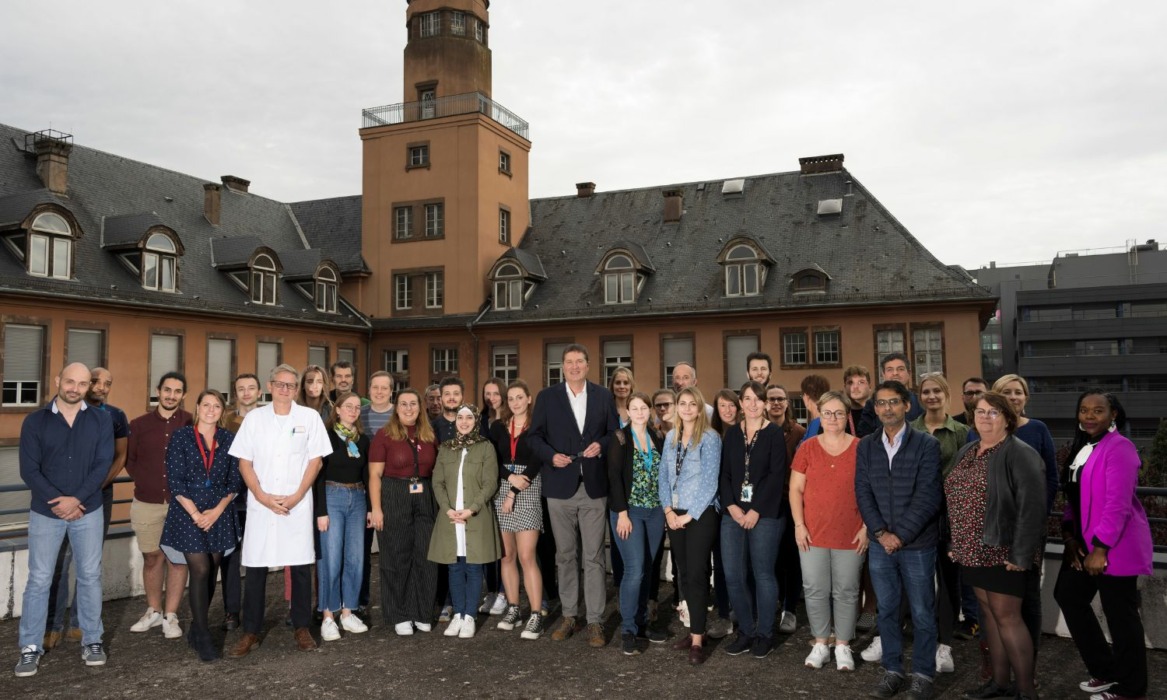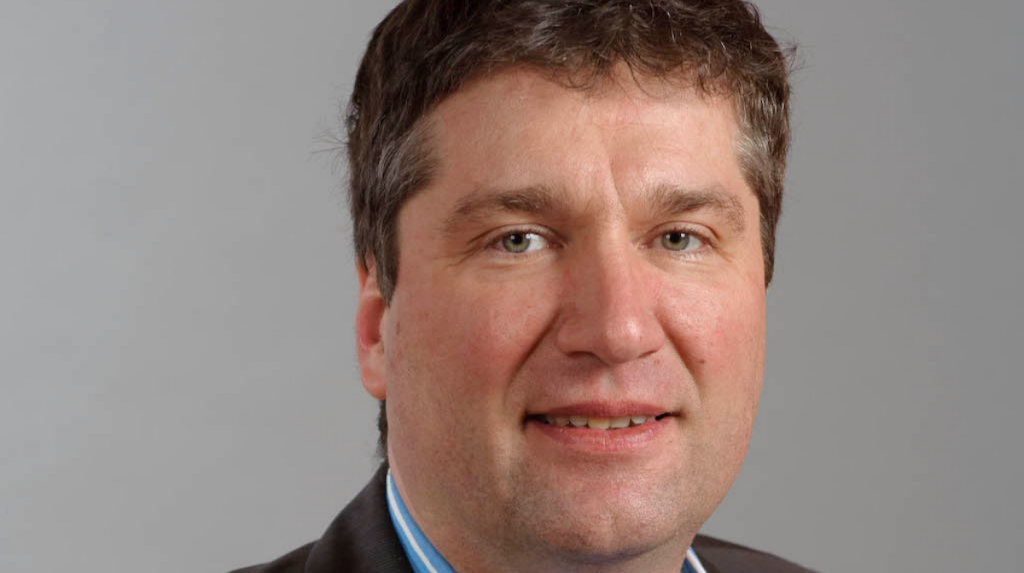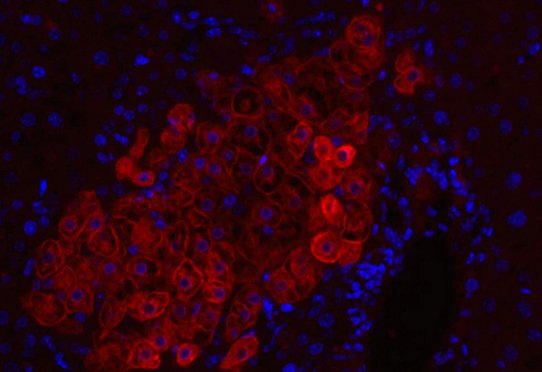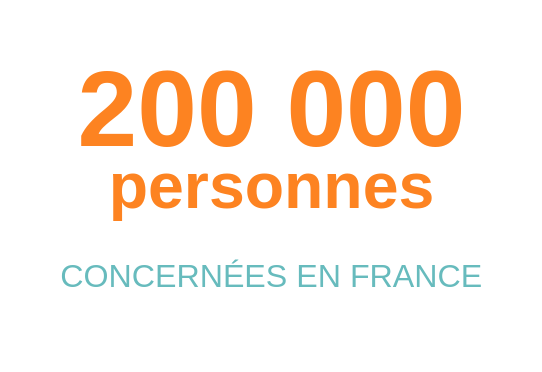
Thomas Baumert, both a doctor and a researcher, continually advances his knowledge Fibrosis and liver cancer to develop innovative treatments for better patient care. A challenge that had to be mastered and that earned him the research prize.
Also read: Price Insert 2023: Discover the winners

Liver diseases in the treatment area
Thomas Baumert, director of the Institute for Research on Viral and Liver Diseases in Strasbourg, repeats it again and again to his team: “ Research drives innovations that improve patient care. » This conviction, which he acquired during his doctorate at the German Center for Cancer Research in Heidelberg (DKFZ), is the guiding principle of his career as a doctor and researcher.
In 1994, after studying medicine and a two-year internship in Munich, he moved to the laboratory of T. Jake Liang, researcher and hepatologist at Harvard Medical School in Boston, then in the Department of Liver Diseases at the National Institutes of Health in Bethesda, USA. “Research was truly integrated into nursing and these four years confirmed my interest in it translational research that we faced the challenge that hepatitis C posed at the time,” he emphasizes.
Improving the fate of patients
After returning to Germany, Thomas Baumert joined the University Hospital of Freiburg and built a research team, which he led for eight years. He still has the dual role of doctor and researcher, but “ Clinical work took up more than 80% of my time. When Christian Bréchot, the general director of Inserm, asked me in 2006 to set up and lead a research unit at the University of Strasbourg, I saw this as an opportunity to refocus my activities. », he explains. A strategy that is bearing fruit.

His team, which now consists of around fifty people, is responsible for great progress. “ Our work on the Immune reaction and the entry of the hepatitis C virus into cells contributed to treatments later developed by private laboratories. he describes. It was a wake-up call because when I started, hepatitis C was killing people from liver cancer. A cure is possible after twenty years. I measured the impact of research on patient care. »
From doctor-researcher to startup company
The team then used their knowledge of this virus to model the occurrence of fibrosis and liver cancer using patient tissues. These models allowed the identification of a therapeutic target, claudin 1. The team showed that this protein is overexpressed and developed on the surface of the cells of the diseased tissue of antibody monoclonal agents that inhibit it. This therapeutic approach – now developed by Alentis Therapeutics Basel, the start-up founded by Thomas Baumert in 2019 with support from technology transfer accelerators Conectus and Inserm Transfert – is being evaluated in patients.

The team also developed in collaboration with researchers at the Max Planck Institute in Freiburg an “atlas” that lists all the cells in the human liver and their mechanisms of action. “The scientific community and manufacturers adopted it very quickly! “, says Thomas Baumert happily. Finally, the researcher and his team, together with Yujin Hoshida from the University of Texas at Dallas in the USA, have developed a type of “mini-liver” that reproduces the prognostic signature of fibrosis and cancer. Thanks to this model They identified potential drugsThey would like to examine one of these on patients shortly. For Thomas Baumert there is no doubt that research must always be in the service of the patient. An approach recognized by the Inserm Research Prize: “ Above all, this is recognition for the team and very enriching », he comes to the conclusion.
also read








